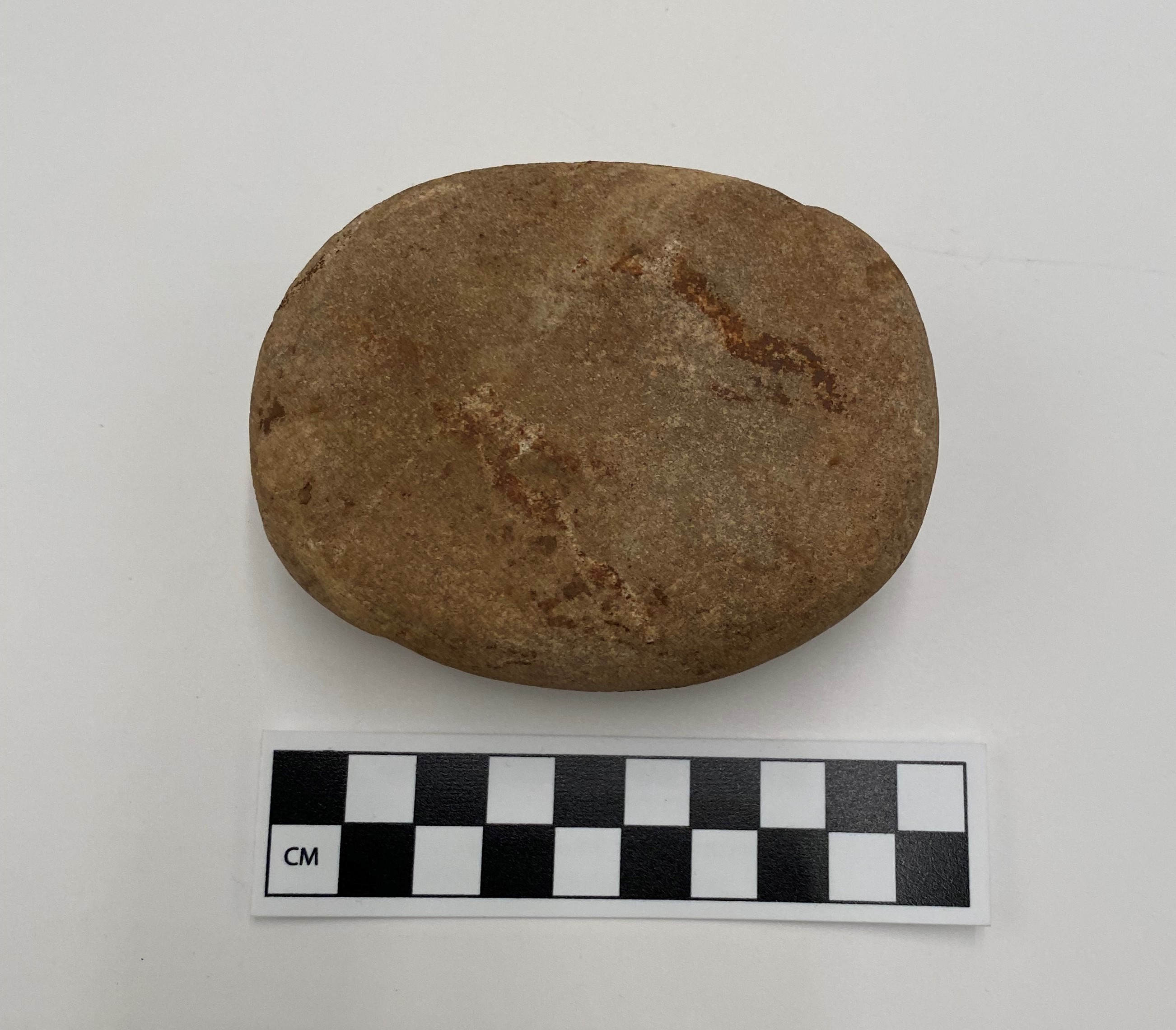What Is A Nutting Stone
What Is A Nutting Stone - Native people living in arkansas thousands of years ago used pitted cobbles called nutting stones or anvil stones to crack open nuts such as pecans,. Nutting stones are usually found in or around hardwood forests (or at least what were forests a millennium ago) and because of their. Cupstones, also called anvil stones, pitted cobbles and nutting stones, among other names, are roughly discoidal or amorphous groundstone artifacts.
Cupstones, also called anvil stones, pitted cobbles and nutting stones, among other names, are roughly discoidal or amorphous groundstone artifacts. Native people living in arkansas thousands of years ago used pitted cobbles called nutting stones or anvil stones to crack open nuts such as pecans,. Nutting stones are usually found in or around hardwood forests (or at least what were forests a millennium ago) and because of their.
Cupstones, also called anvil stones, pitted cobbles and nutting stones, among other names, are roughly discoidal or amorphous groundstone artifacts. Native people living in arkansas thousands of years ago used pitted cobbles called nutting stones or anvil stones to crack open nuts such as pecans,. Nutting stones are usually found in or around hardwood forests (or at least what were forests a millennium ago) and because of their.
Native American Nutting Stone KET Artifacts
Native people living in arkansas thousands of years ago used pitted cobbles called nutting stones or anvil stones to crack open nuts such as pecans,. Cupstones, also called anvil stones, pitted cobbles and nutting stones, among other names, are roughly discoidal or amorphous groundstone artifacts. Nutting stones are usually found in or around hardwood forests (or at least what were.
Nutting Stone / Grindstone KET Artifacts
Cupstones, also called anvil stones, pitted cobbles and nutting stones, among other names, are roughly discoidal or amorphous groundstone artifacts. Native people living in arkansas thousands of years ago used pitted cobbles called nutting stones or anvil stones to crack open nuts such as pecans,. Nutting stones are usually found in or around hardwood forests (or at least what were.
Nutting Stone / MultiTool KET Artifacts
Cupstones, also called anvil stones, pitted cobbles and nutting stones, among other names, are roughly discoidal or amorphous groundstone artifacts. Native people living in arkansas thousands of years ago used pitted cobbles called nutting stones or anvil stones to crack open nuts such as pecans,. Nutting stones are usually found in or around hardwood forests (or at least what were.
Nutting Stone / Grindstone KET Artifacts
Nutting stones are usually found in or around hardwood forests (or at least what were forests a millennium ago) and because of their. Native people living in arkansas thousands of years ago used pitted cobbles called nutting stones or anvil stones to crack open nuts such as pecans,. Cupstones, also called anvil stones, pitted cobbles and nutting stones, among other.
Nutting Stone (Illustration) World History Encyclopedia
Native people living in arkansas thousands of years ago used pitted cobbles called nutting stones or anvil stones to crack open nuts such as pecans,. Cupstones, also called anvil stones, pitted cobbles and nutting stones, among other names, are roughly discoidal or amorphous groundstone artifacts. Nutting stones are usually found in or around hardwood forests (or at least what were.
Nutting Stone / Grindstone KET Artifacts
Native people living in arkansas thousands of years ago used pitted cobbles called nutting stones or anvil stones to crack open nuts such as pecans,. Cupstones, also called anvil stones, pitted cobbles and nutting stones, among other names, are roughly discoidal or amorphous groundstone artifacts. Nutting stones are usually found in or around hardwood forests (or at least what were.
Nutting Stone Native American Artifacts
Cupstones, also called anvil stones, pitted cobbles and nutting stones, among other names, are roughly discoidal or amorphous groundstone artifacts. Nutting stones are usually found in or around hardwood forests (or at least what were forests a millennium ago) and because of their. Native people living in arkansas thousands of years ago used pitted cobbles called nutting stones or anvil.
Nutting Stone / Grindstone KET Artifacts
Native people living in arkansas thousands of years ago used pitted cobbles called nutting stones or anvil stones to crack open nuts such as pecans,. Cupstones, also called anvil stones, pitted cobbles and nutting stones, among other names, are roughly discoidal or amorphous groundstone artifacts. Nutting stones are usually found in or around hardwood forests (or at least what were.
Nutting Stone KET Artifacts
Native people living in arkansas thousands of years ago used pitted cobbles called nutting stones or anvil stones to crack open nuts such as pecans,. Cupstones, also called anvil stones, pitted cobbles and nutting stones, among other names, are roughly discoidal or amorphous groundstone artifacts. Nutting stones are usually found in or around hardwood forests (or at least what were.
Nutting Stone
Cupstones, also called anvil stones, pitted cobbles and nutting stones, among other names, are roughly discoidal or amorphous groundstone artifacts. Native people living in arkansas thousands of years ago used pitted cobbles called nutting stones or anvil stones to crack open nuts such as pecans,. Nutting stones are usually found in or around hardwood forests (or at least what were.
Nutting Stones Are Usually Found In Or Around Hardwood Forests (Or At Least What Were Forests A Millennium Ago) And Because Of Their.
Native people living in arkansas thousands of years ago used pitted cobbles called nutting stones or anvil stones to crack open nuts such as pecans,. Cupstones, also called anvil stones, pitted cobbles and nutting stones, among other names, are roughly discoidal or amorphous groundstone artifacts.









